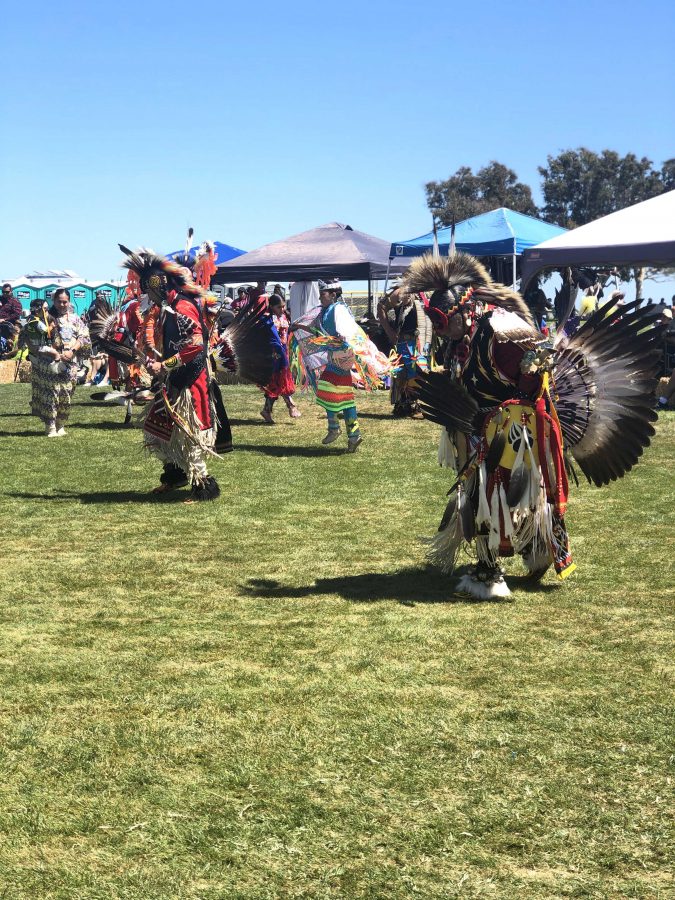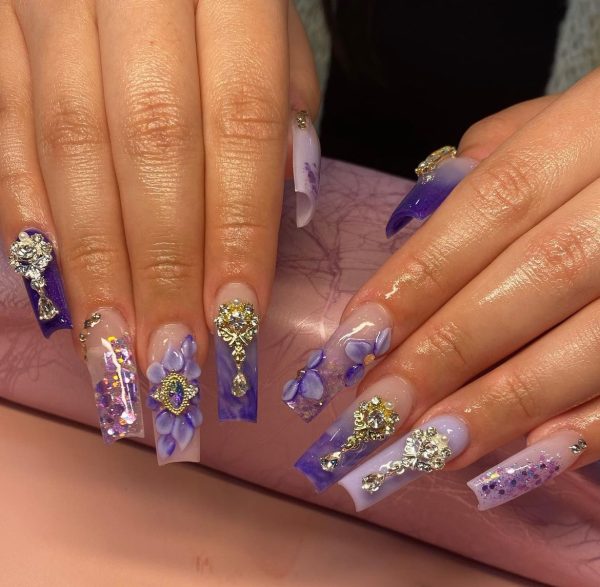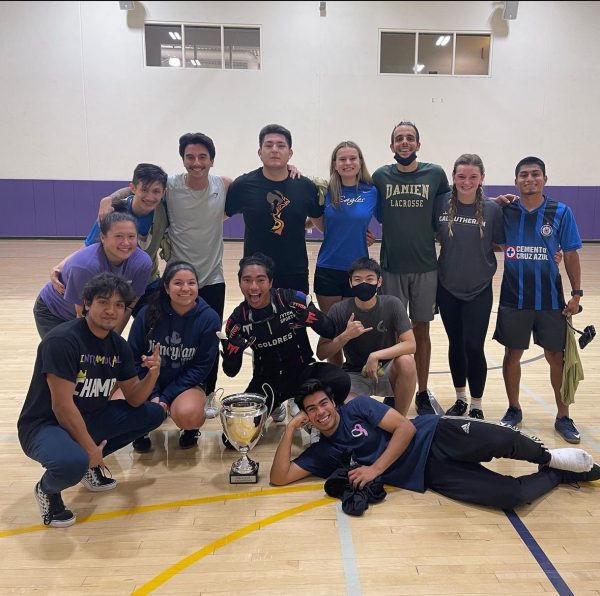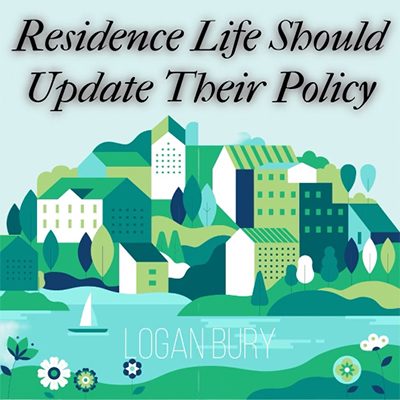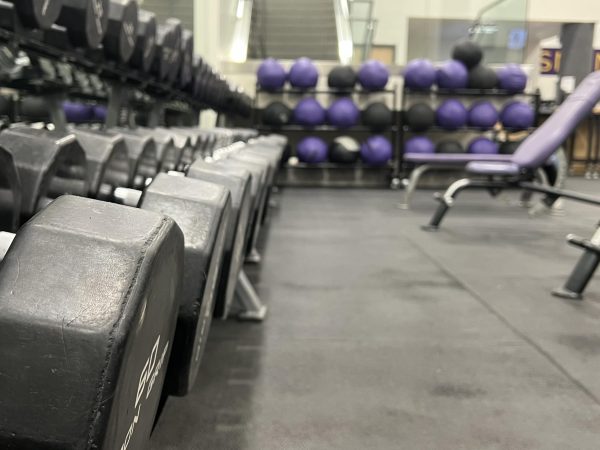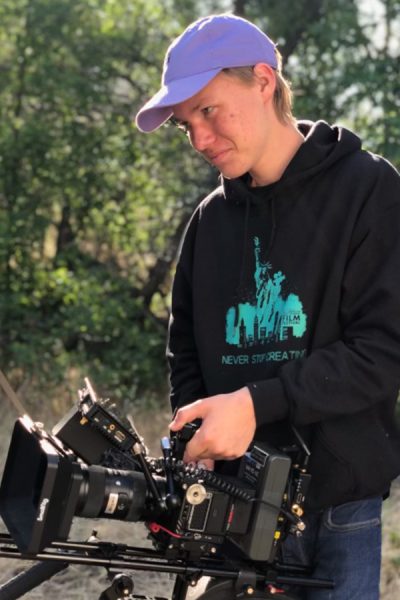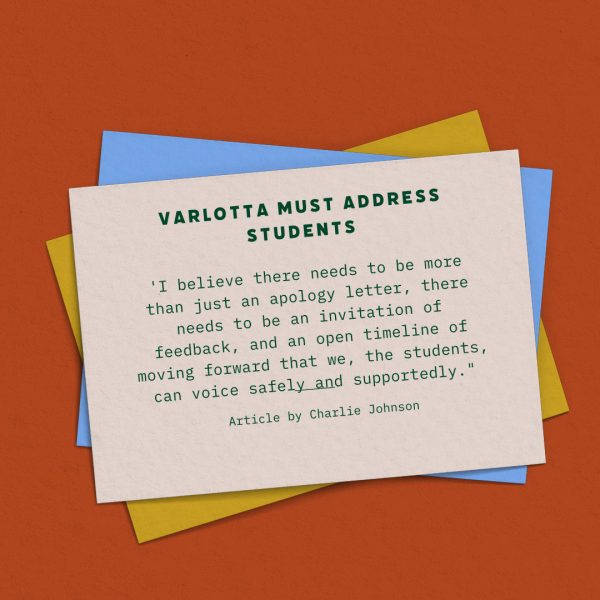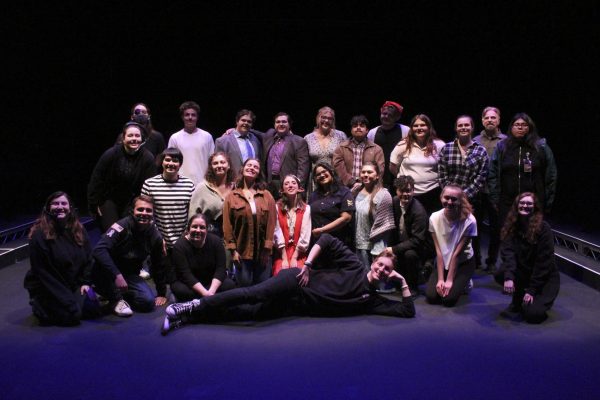An identity is deeper than the box you check on the Census
File Photo by Maria Barragan - Photo Editor
Keeping traditions alive: Members of various tribes participated in indigenous dances, songs and crafts at the Chumash Day Powwow and Intertribal Day Gathering. “I think it’s important to know where we come from,” said Linda Gutierrez, who attended the powwow.
October 29, 2020
I knew myself as a fifth generation Mexican American girl.
Growing up, my dad always educated my siblings and I about our history, but I always felt a need to know more about where my family comes from. Specifically, I needed to know more about my ancestors.
And I think that need only grew as none of my family members ever had a solid answer for me.
The constant lingering question in my brain was, who am I, really?
Where do I come from?
Where does my family come from?
For a long time and still to this day I have trouble identifying myself.
My identity means a lot to me.
It’s my history, my ancestors and my roots.
It’s something I thought no one could take away from me.
According to the World Population review, the 2018 population in my hometown, Santa Paula, California, was 30,000. The 2018 Census data reveals the total percent of residents who considered themselves “white alone” was 86.2%, and those who marked themselves white alone, not Hispanic or Latino, or “individuals who responded ‘No, not Spanish/Hispanic/Latino’ and who reported ‘White’ as their only entry in the race question” was just 16%.
That means of the Spanish/Hispanic/Latino community who responded to the Census, 72.4% identify their race as White; but why?
In 1521, Hernan Cortes conquered what he named “Mexico.”
According to the LiveScience article Hernán Cortés: Conqueror of the Aztecs, “he quickly overpowered them, and the natives surrendered. They provided the Europeans with food, supplies and 20 women.”
Because of the color of our skin, my people were seen as inferior and were called savages. So, they did what they had to do for their future generations, for me.
They married “up.”
Indigenous people married people with light skin so that down the line, their children and their children’s children wouldn’t face the same issues.
I’m sure many people are familiar with the Hollywood story of La Llorona. The legend of La Llorona is based on a Nahuatl woman named Malinalli or La Malinche. She became Cortes’ personal interpreter and was forced to birth his two children.
In the movies, La Llorona is supposed to be scary. She takes living children because she drowned her own.
But the movies do not reflect her reailty.
Malinalli was a respected Indigenous woman because of Cortes, but she wept because she could not save her own people from Spanish rule.
Cortes ripped the root of my family right out of our soil and watered it with our own blood.
He stole our land, manipulated the people, tortured and enslaved my ancestors. The Spanish conquistadors brought disease and attempted to wipe out the Indigenous population by setting fire to the villages.
So why do my people still face oppression, racism and accept whiteness today, almost 500 years later?
I learned very early in elementary school that Cortes conquered the Indigenous people and brought them new “wonderful” things. The native people welcomed them with open arms, fed them, clothed them and shared their traditions.
The conquistadors disagreed with their ways.
“While in Cozumel, he [Cortes] was astounded to learn of the gruesome rituals, including human sacrifice, of the natives to their many gods… He and his men removed and destroyed the pagan idols, and replaced them with crosses and figures of the Virgin Mary,” Erika Cosme, administrative coordinator of Education and Digital Services at The Mariner’s Museum and Park said in an interview with LiveScience.
This idea that people of color are inferior still very much exists today, as seen in the Census.
“I take offense at a government agency saying you guys must’ve been too stupid to fill [the Census] out correctly,” Director of the Sarah W. Heath Center for Equality and Justice, Cynthia Duarte said in a Zoom interview. “And I think finally in the last 15 years the Census has finally been critiqued enough to say no, no, no it’s not that Latinos have a misunderstanding of the form, it’s that you have a misunderstanding of Latinos.”
People like me don’t have a box to check.
“…no, no, no it’s not that Latinos have a misunderstanding of the form, it’s that you have a misunderstanding of Latinos.
— Dr. Cynthia Duarte, Director of the Center for Equality and Justice
Duarte said it is the Census’ fault that “they have not created a questionnaire where they [Latinx people] can be represented fully or represented more clearly.”
I am not Hispanic because I am not Spanish. I am not Latinx because I am not from Latin America. And how could I call myself Mexican when the Spanish refused to learn Nahuatl and respect the Mexica (Mēxihcah) people’s name?
People of color have kept the roadblocks that our ancestors created for our safety, but today it’s time for the people and the Census to accept and acknowledge us, that we are Indigenous to this land. That our blood runs through the roots of the earth, our history goes far beneath the concrete.
And I refuse to be the product of the oppressor.

